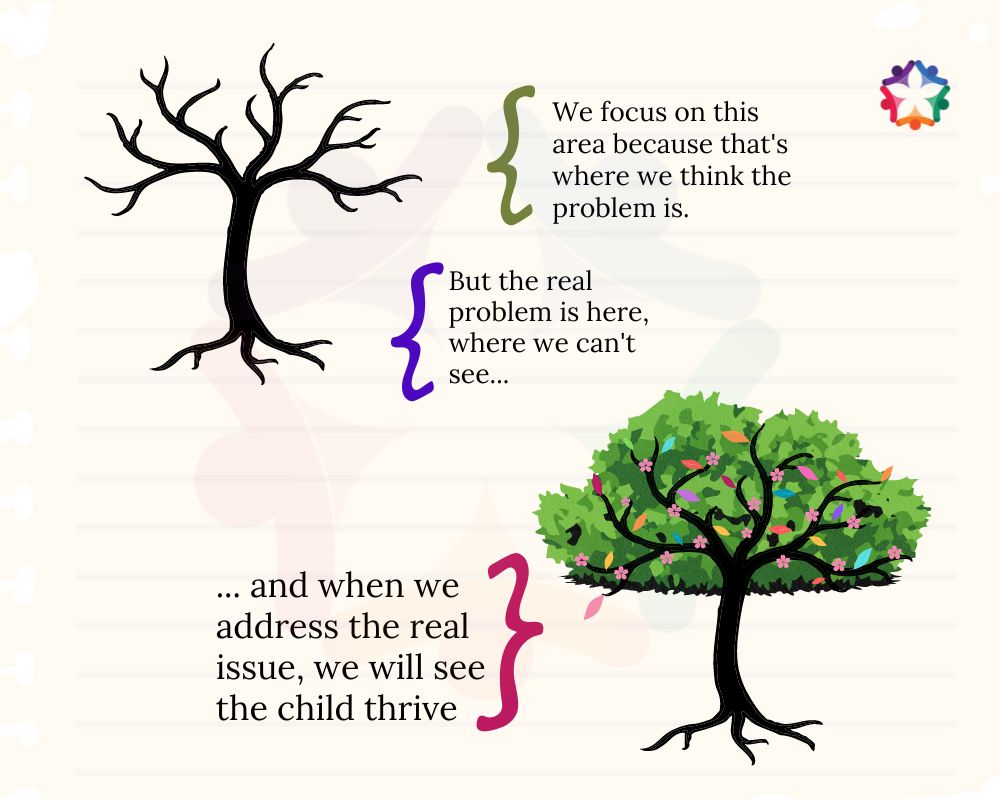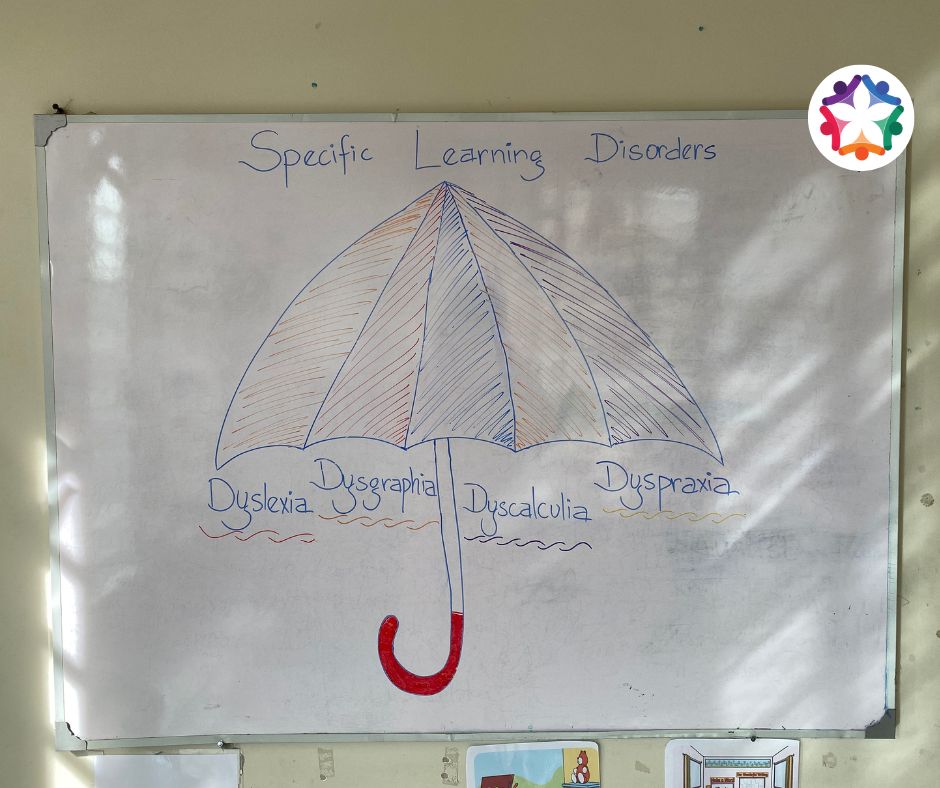Learning Disorders: Recognition & Next Steps
Learning Disorders: Recognition & Next Steps
This blog sheds light on Learning Disorders, how to recognise them and what to do about them.
Remember Ishaan Awasti from Taare Zameen Par? So many people shed tears at the poor child’s plight. Fortunately for Ishaan, he was a fictional character. But millions of real-life Ishaans in Pakistan and across the globe are waiting for that one person who would recognise the challenges they face and help them.
Look around you. Maybe you know a brilliant child. He tries very hard to study. However, his teachers say that he is lazy, makes careless mistakes, doesn’t follow instructions, and his comprehension is poor. The parents are tired of the child’s constant beating that he doesn’t like school. The child’s consistent underperformance at school is worrisome. The parents and teachers keep pushing the child to perform better, addressing visible issues. But even this produces little or no results. Little do they know that treating the symptoms won’t make things better. The problem lies elsewhere.

What are Learning Disorders
The Diagnostic and Statistical Manual of Mental Disorders (DSM-5) describes Specific Learning Disorders as persistent difficulty in learning. This also affects using academic skills such as reading, writing, spelling and mathematics.
Learning disorders can make routine tasks more difficult for children. But no two children would be alike. Because learning disorders present a wide range of conditions, no two children share similar experiences. This makes recognition of these disorders challenging. Because of this, many children are still labelled as “nalaiq” and “failures”. This has a tremendous negative impact on the child’s personality. It leads to poor confidence and low self-esteem.
A 2021 study in Pakistan shed light on terrifying figures. The research was conducted for Primary school students in Punjab. The findings revealed that 15.4% of schoolboys and 20.2% of schoolgirls had some form of an impediment to learning. In India, as per a 2022 study, 8% of children up to 19 had some form of learning disorder. American Psychiatric Association’s DSM-5 estimates that 5% to 15% of school-age children worldwide may have specific learning disorders (1).
What to Look Out For
As mentioned above, the child’s symptoms or challenges are different. Therefore, each of these is categorised as a separate disorder.
Difficulties Reading, Writing & Spelling – Dyslexia & Dysgraphia
- Trouble spelling words
- Difficulty with rhyming words
- Misreading letters and words (e.g. some children may have difficulty differentiating between letters “b” and “d”)
- Poor handwriting
- Confusing the order of letters in words
- Difficulty learning sequences (e.g. days of the week, months etc.)
- Writing slowly
- Problems copying written material
- Note: this is not a complete list of symptoms; there may be other symptoms.
Math Processing Problems – Dyscalculia
- Difficulty counting backwards
- Slow calculations
- Poor mental arithmetic.
- Difficulty in understanding place value
- Presence of mathematics anxiety
- Note: this is not a complete list of symptoms; there may be other symptoms.
Issues with Coordination – Dyspraxia
- The child is clumsy
- Difficulty with buttoning shirts, tying shoelaces or running and jumping.
- Learning new skills is tough
- Easily tired
- Note: this is not a complete list of symptoms; there may be other symptoms.

What to Do
The trouble with learning disorders is that they stay with you through life. The good news, however, is that there are ways to cope with them.
Albert Einstein once said:
“Everybody is a genius. But if you judge a fish by its ability to climb a tree, it will live its whole life believing it is stupid.”
The way forward is clear: support the child no matter what. It’s not their fault. But, adults in their life can play a positive role in helping the children break out of their shells. Instead of concentrating on the child’s weaknesses, parents and educators can focus on the child’s strengths. A real-life and relevant example is Olympic swimmer Michael Phelps. He was diagnosed with ADHD in sixth grade. Instead of drilling the importance of education, his mother signed him up for swimming because she thought redirecting his energy could work out for the best. The rest, as we know, is history.
Here are a few things that parents can do:
- Talk to the child. Explain what their challenges are
- Keep motivating the child
- Appreciate efforts, don’t worry if the goal hasn’t been achieved
- Seek professional help
There will be obstacles, but remember; parents are the greatest advocates that a child has. And many times, parents will have battles to fight. But the key is never to give up.
References
1. American Psychiatric Association. Diagnostic and statistical manual of mental disorders, fifth edition. 5th ed. American Psychiatric Publishing, 2013.
5 Comments
-
-
Amna Saleem says:
Hammaray Han app jub yeh kehta keh meray bachay mein koi learning disability Hai to usko label ker daittay teachers aur loog as someone mentally challenged, to phir parents sub jattay bhojtay bhi chup rehtay schools ko inform nahi kertay aur akser help bhi seek nahi kertay. My own son had learning disability dropped out of college and perused the road less traveled. People labeled him nalaik, weala, nikama we made excuses but didn’t tell anyone about the real cause because we feared the labellings
-
We’re sad to hear that, Amna. But we hope, in the future things will change.
-
-
[…] first step is understanding the specific learning disabilities (click to read our previous blog) or developmental disorders that a child may have. This knowledge […]




It is an excellent effort. We need to raise awareness at all levels. I am particularly concerned about invisible difficulties e.g. dyslexia autism and other types of learning disabilities.